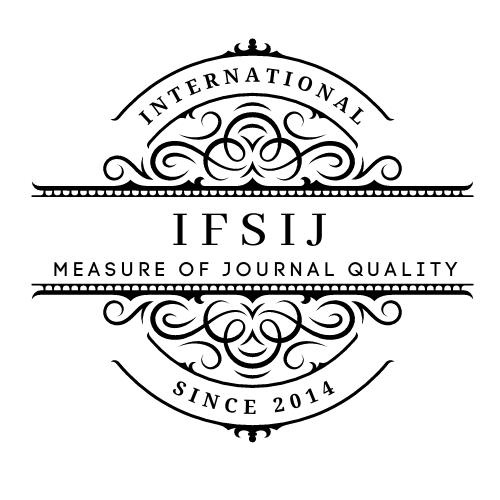CROSS-LINGUISTIC INFLUENCE IN SECOND LANGUAGE PHONOLOGY
Keywords:
Cross-linguistic influence, second language acquisition, phonological transfer, L1 interference, phonemic contrast, phonological interference, pronunciation errors, phonemic differences, interlanguage phonology.Abstract
This article explores the issue of phonological interference that arises in the process of second language acquisition. Phonological interference refers to the influence of a speaker’s native language sound system on the pronunciation of a target language. The paper highlights the major causes of such interference, including the absence of equivalent phonemes in the learner’s first language, differences in articulation habits, and phoneme positioning within words. Examples from various language pairs are provided to illustrate how native phonology affects second language pronunciation. Furthermore, the article presents practical strategies for minimizing phonological interference, such as phonetic training, contrastive phoneme analysis, and the use of authentic audio materials. Overall, the study emphasizes the importance of developing phonological awareness in order to achieve accurate and intelligible pronunciation in a foreign language.
Downloads
Published
Issue
Section
License

This work is licensed under a Creative Commons Attribution-NonCommercial-NoDerivatives 4.0 International License.















